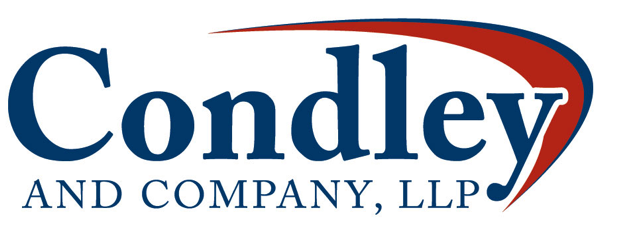
Financial institutions struggle to understand the formulas for capital and what goes into calculating the risk-weighted assets that are part of the formulas for Basel III, while working their way through compliance efforts.
The treasury is preparing for Basel III by redesigning their product and pricing strategies, and contrasting interpretations of the economic incentive criteria in Basel III are leading some banks to consider offering a reduced product line that allows customers to avoid fees by maintaining higher balances.
Some banks are considering offering fewer products that allow customers to avoid fees by maintaining higher balances, because the LCR makes it less profitable for banks to offer deposit accounts that give customers incentives to maintain excess funds, because these incentives disqualify a product from being classified as an operational deposit.
There are some industry insiders who believe that product features such as minimum balance requirements, earnings credit rates, and exception pricing count as forms of economic incentives – which is a concern for some, who anticipate making strategic changes to their ECR product lines to avoid having them classified as incentives. Others, however, insist that earnings credit rates are not economic incentives, since they’re a less direct way of compensating their commercial clientele for account balances.
Potentially, Basel III has opened up big opportunities for small and mid-sized institutions – smaller banks now face fewer restrictions, gaining them a competitive edge.
To read the entire article, please visit www.americanbanker.com.
